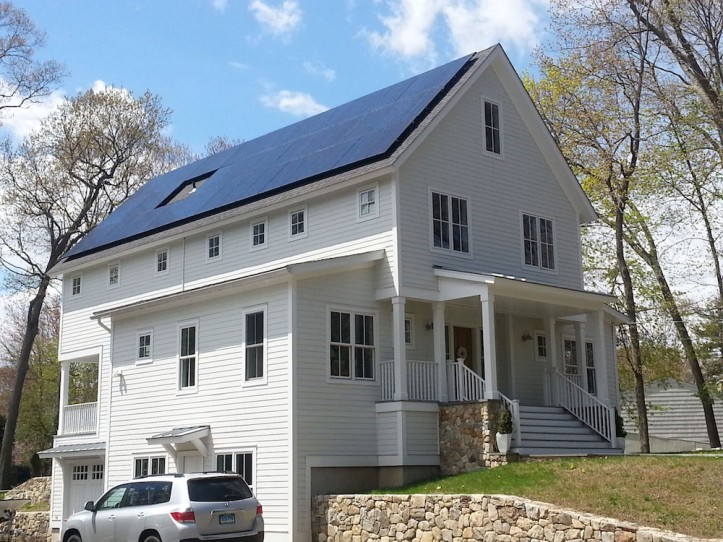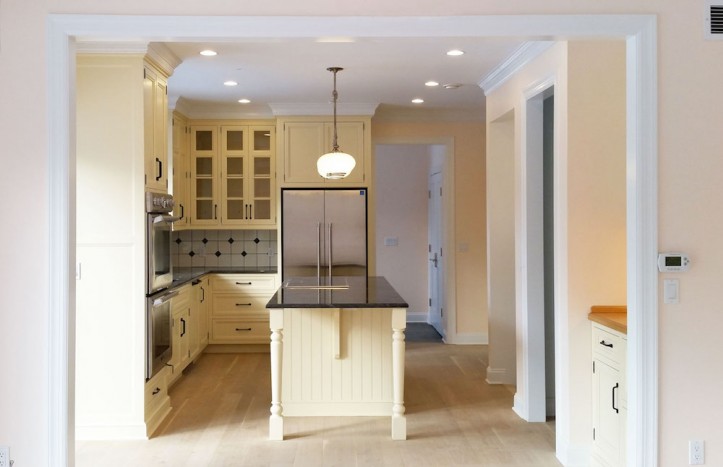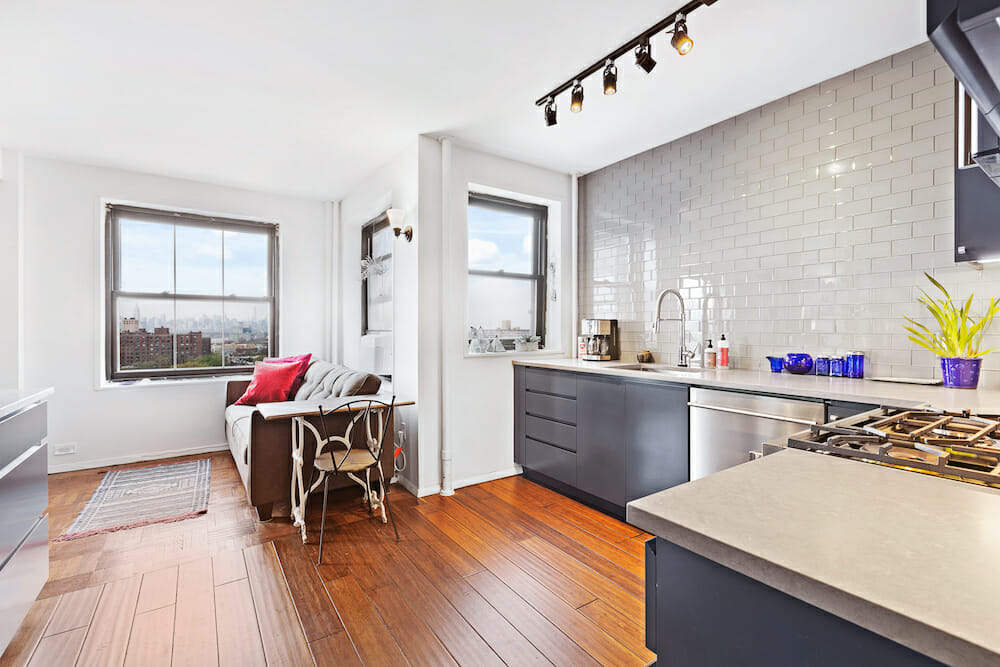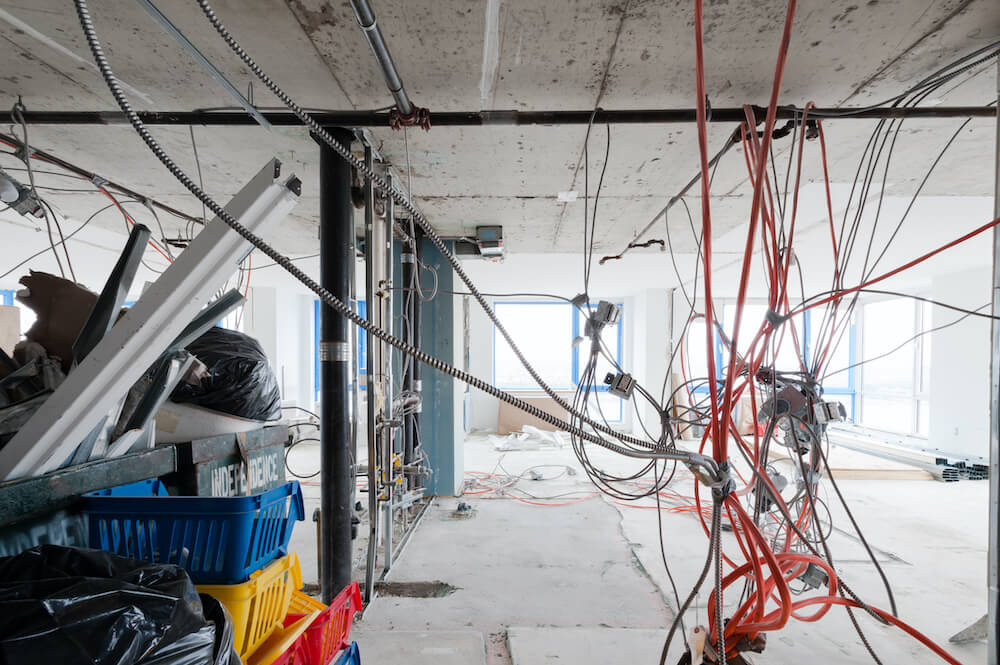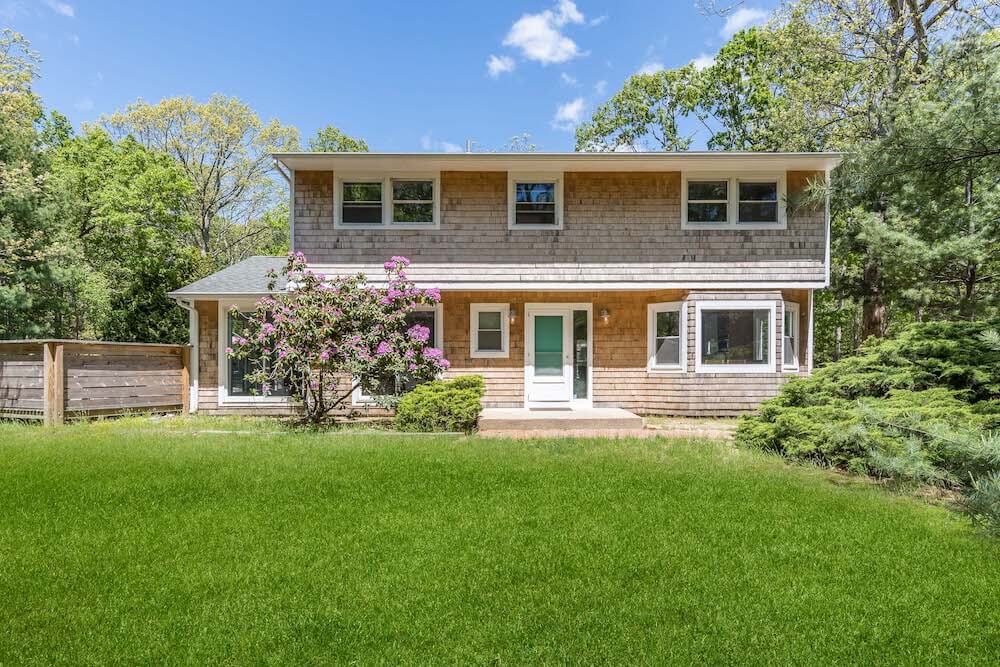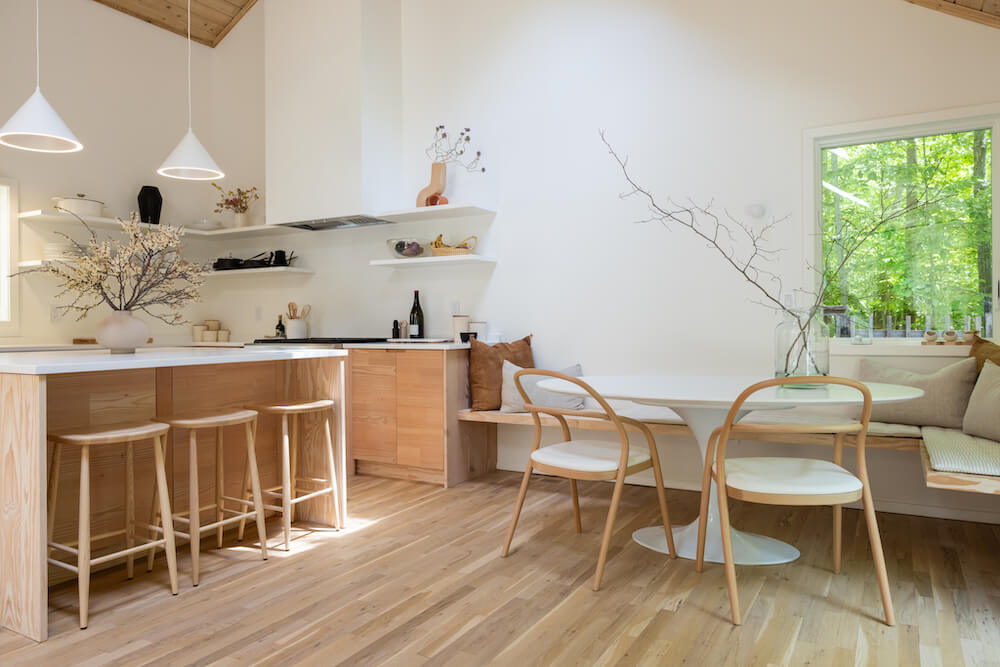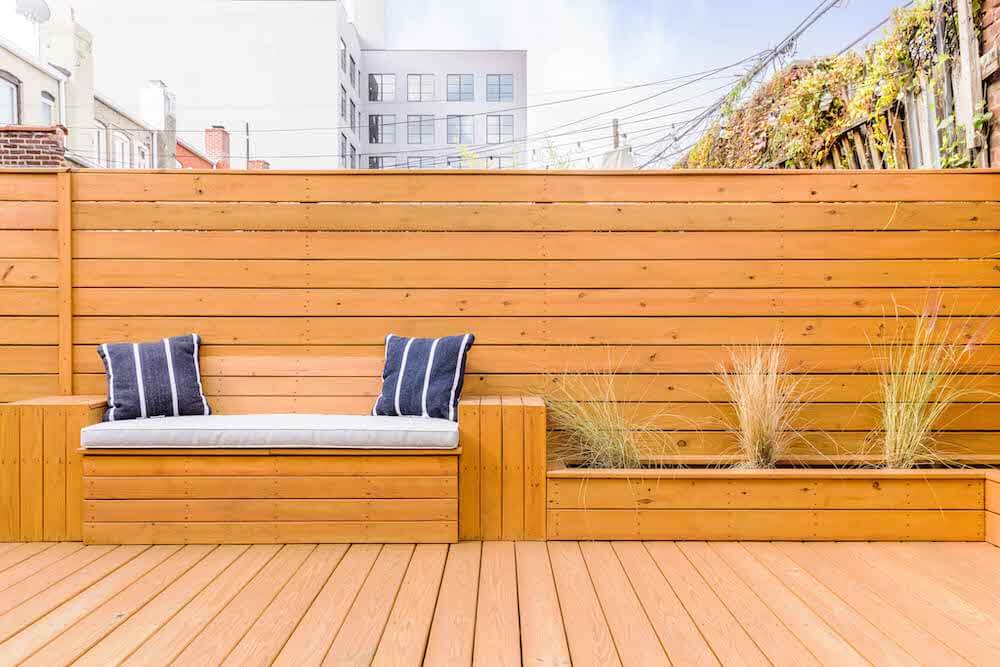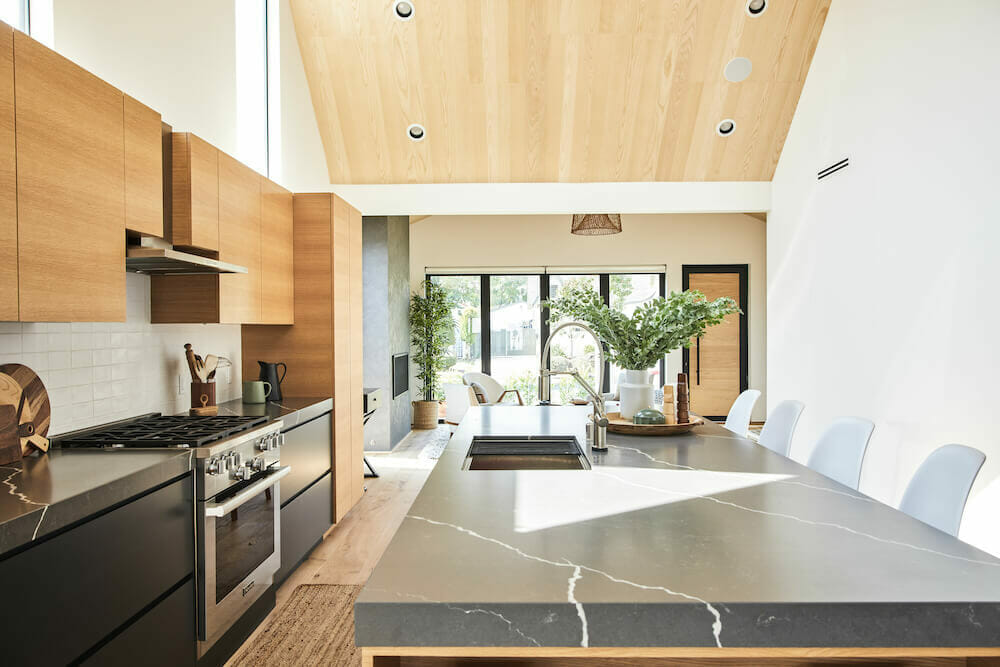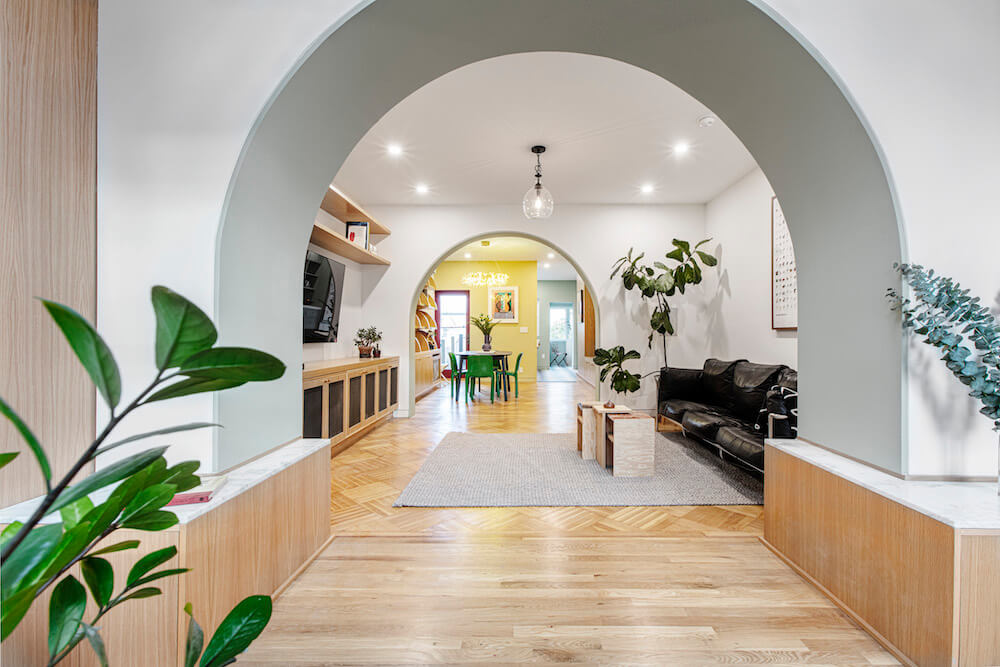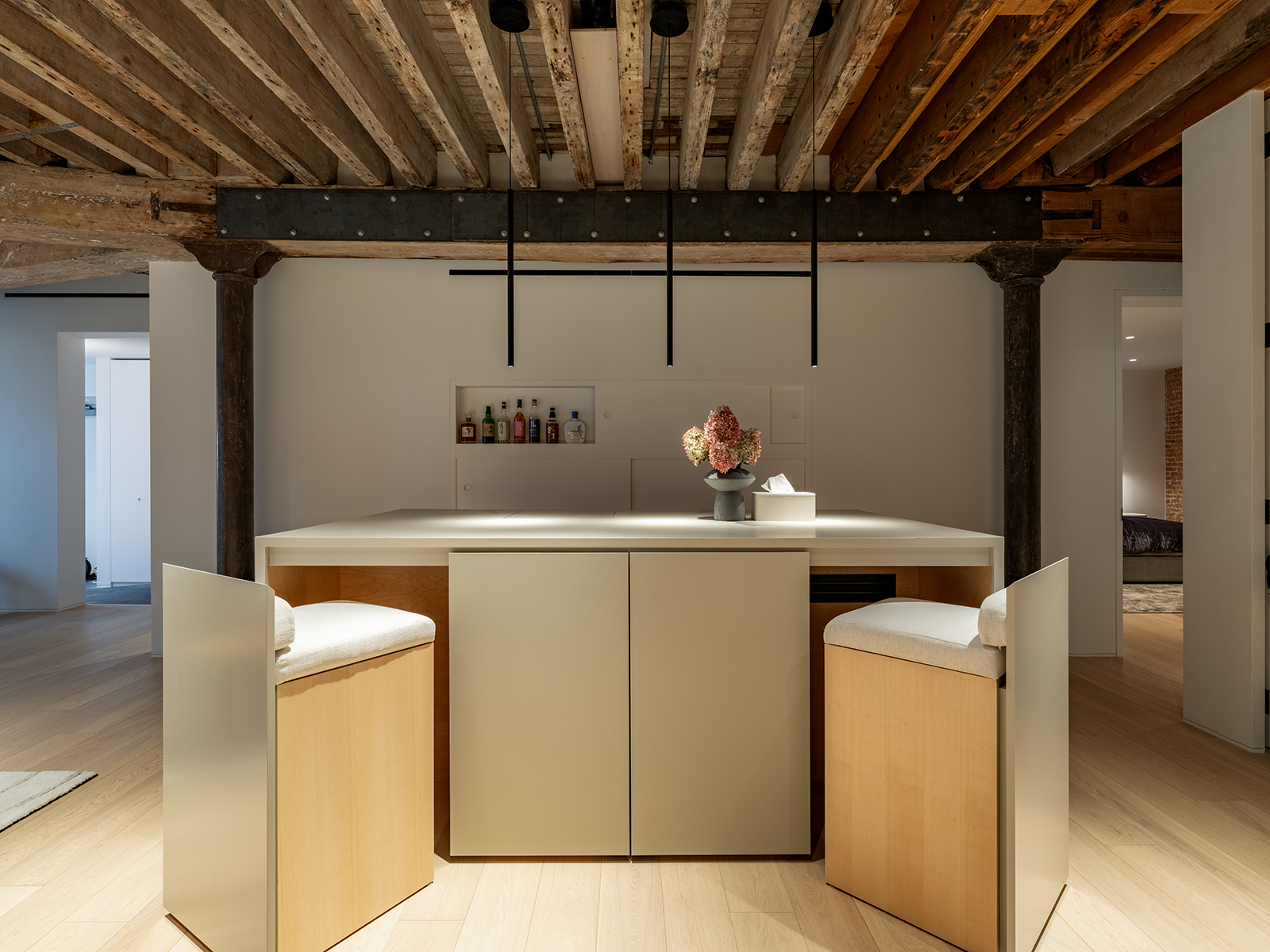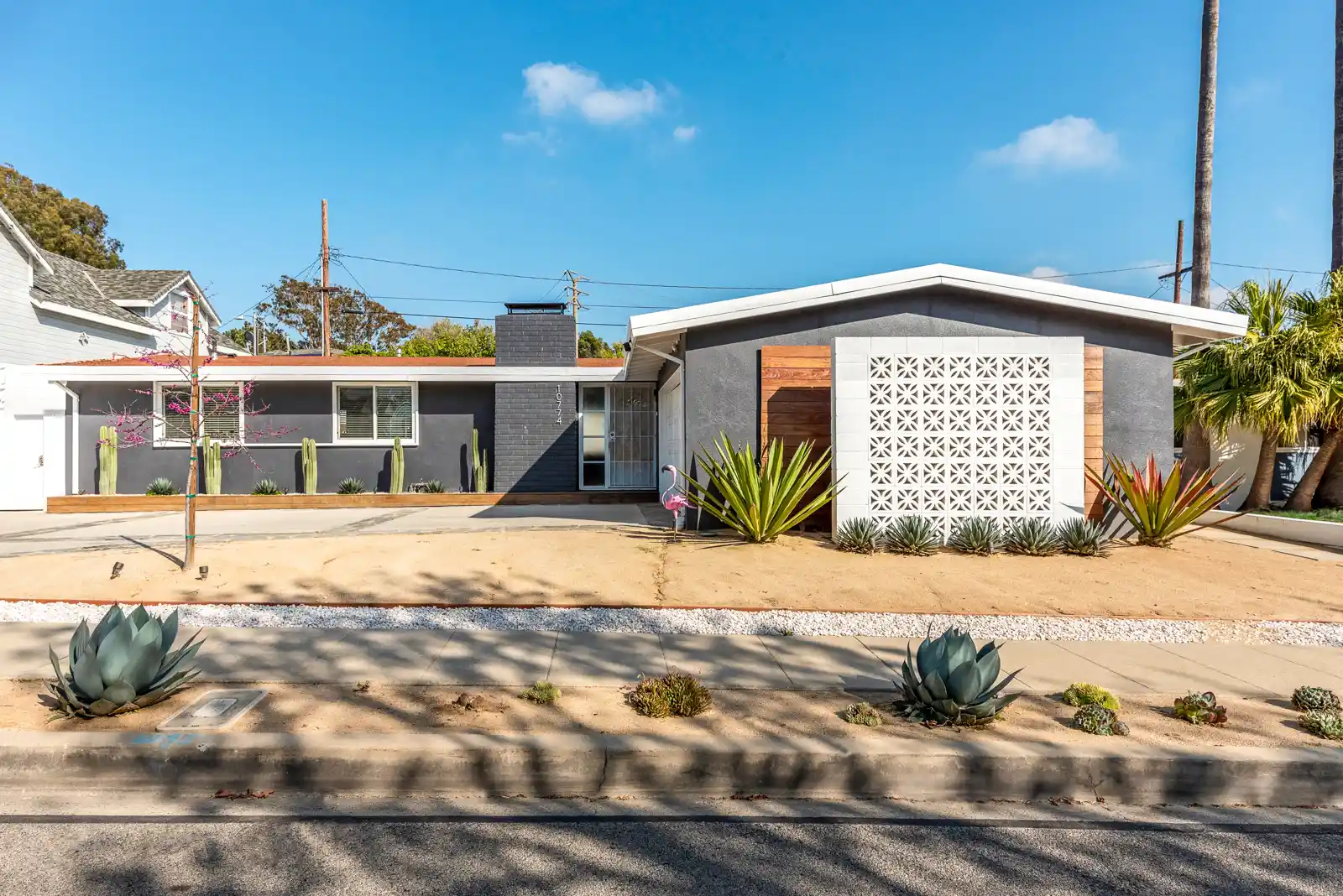A Guide to Passive House Renovations
How a passive house design can achieve top-notch energy efficiency
You’ve heard the term “passive home” to describe a home that needs almost no help from HVAC equipment to heat or cool itself. Its temperature and comfort are adjusted via passive rather than active mechanical systems. For example, it might have large south-facing windows next to a room with a floor of dark stones that absorb the sun’s heat and retain it for hours to produce warmth in the winter, and sophisticated shading to keep the stones, and the room, cool in the summer.
Building or renovating using passive house principles can reduce energy costs by 80 to 90 percent when compared with standard buildings—saving the owners money, reducing the carbon footprint of the building, and making the house more comfortable. That’s good news!
The path to reaching those savings calls for professionals with expertise in building techniques that are more exacting and often different from standard practices. Sweeten, a free service matching renovators with vetted general contractors and architects, offers an overview of achieving maximum home efficiency and comfort when it comes to construction.
Certified passive house techniques
These projects start with designs that are geared to the local climate. Sophisticated computer models are used in an attempt to get energy use down near zero. Here are elements that are common to new construction and renovation projects:
Super insulation: Passive houses contain much more insulation than standard houses. Where a standard well-insulated house may have R-38 in the ceiling, passive houses routinely have R-49 to 80. Walls can have R-40 or higher. (The R-value refers to the ability of insulation to resist heat flow; the higher the number, the better the insulation.) To reach those levels in a brownstone while preserving the look of the exterior, Sweeten general contractor Isaac says contractors must add new framing inside the building.
Tight construction: Buildings using this technique are extremely airtight, so there is very little infiltration of outside air or loss of inside air that has been heated or cooled.
High-performance windows and doors: While double-glazed windows are the most common energy-efficient windows used in standard construction, triple-glazed windows with energy-efficient coatings are common here.
Ventilation systems: Because the buildings are so airtight, mechanical ventilation is necessary to control moisture levels and maintain good air quality. The systems contain energy-recovery systems so that outgoing air can either heat or cool incoming fresh air.
Solar gain: Windows are sized and oriented so that they can use the sun’s energy for heating in the winter. Roof overhangs help shade windows during the summer.
At the outset, expect costs to be about 10 to 15 percent higher than standard renovation costs. Fortunately, the high-tech materials and techniques usually mean smaller heating and cooling units can be used.
“But passive home is about more than just energy efficiency,” said Isaac. “When you step into a passive house, it is very quiet. If you are not getting air from outside, you are not getting much sound, either. And because the air is filtered, it is very clean. It ends up being a nice way to live.” Sweeten brings homeowners an exceptional renovation experience by personally matching trusted general contractors to your project, while offering expert guidance and support—at no cost to you. Renovate to live, Sweeten to thrive!
Retrofitting your home
Most passive house designs are new construction, but renovations can retrofit an existing apartment or house. These types of remodels require a full-scale commitment to saving energy. Most are complete gut-to-the-exterior-walls projects to accommodate high insulation levels and other passive house techniques. EnerPhit is the certification program for retrofit renovations, and the requirements are less stringent than those for new construction.
“Townhouses and brownstones are good candidates,” said Sweeten contractor Isaac, who has been involved with passive renovations in Manhattan and Brooklyn. “They have these massive walls all around and there are usually other houses on either side, so there is already an advantage in controlling heating and cooling.” In addition, basements in a brownstone are so packed into the city infrastructure, little heat is lost into the ground. Focus on the roof and the short, exposed end walls of the house. Complete a home’s energy efficiency with triple-paned windows, a lot of insulation, and air sealing.
For individual apartments within a larger building, “you can build an airtight envelope around your unit and make it separate from the outside and the rest of the building,” said Anthony, a contractor with Sweeten. “Pack in as much insulation as you can and wrap up the apartment all the way around.”
You may encounter problems with building regulations if you want to make changes to the outside of the building, such as installing high-performance windows that don’t match what is already there. The same applies to buildings with landmark status. Anthony says that in theory, custom covers to hide the window frames might be a solution. This would have to be worked out with the condo or co-op board.
For the standalone house, all four sides of the house, the attic, and the basement need to be considered. A building—high on insulation and low on air leakage—creates a strong building envelope. All windows should be swapped out. Outfit the attic and roof with a ton of insulation which works out if the roof needs to be replaced.
The cost is high in the short term but many people consider it worth it. Some homeowners do deep energy retrofits to existing houses—a big step towards passive house—but hits the sweet spot financially. A substantial amount of money will be saved on heating and cooling costs.
A homeowner can use just about any passive house technique because EnerPhit is a performance standard that depends on how the house performs overall, not how individual components perform. “If you can make the envelope extremely airtight, you may be able to compensate if the windows are a problem,” explained Anthony.
The story behind passive house
While passive building is becoming more popular, it’s not entirely new. Its concepts were used as far back as the 1980s in the U.S. The ideas were refined and honed in Germany and other parts of Europe and the movement regained momentum here in the past 15 or so years.
A number of international, national, and local organizations have formed—there’s a New York Passive House association and the Passive House Institute US, which conduct research, write standards, and certify architects, contractors, and other professionals. Third-party certification ensures the building will save the amount of energy predicted by the original design.
When compared with the overall building and renovation industries, projects using passive house concepts make up a small percentage of the whole. But as more and more people become aware of the benefits, products and building techniques used will no doubt make their way into the standard construction practice in a bigger way.
If you are looking to retrofit your home to passive house standards, these Sweeten general contractors are passive house-certified and can get you on your way to living efficiently with lower costs.
—
Renovating your entire home is an exciting opportunity, but what does it cost? Find out in our cost guide on budgeting your renovation according to square footage.
Refer your renovating friends to Sweeten and you’ll both receive a $250 Visa gift card when they sign a contract with a Sweeten general contractor.
Sweeten handpicks the best general contractors to match each project’s location, budget, and scope, helping until project completion. Follow the blog for renovation ideas and inspiration and when you’re ready to renovate, start your renovation on Sweeten.
